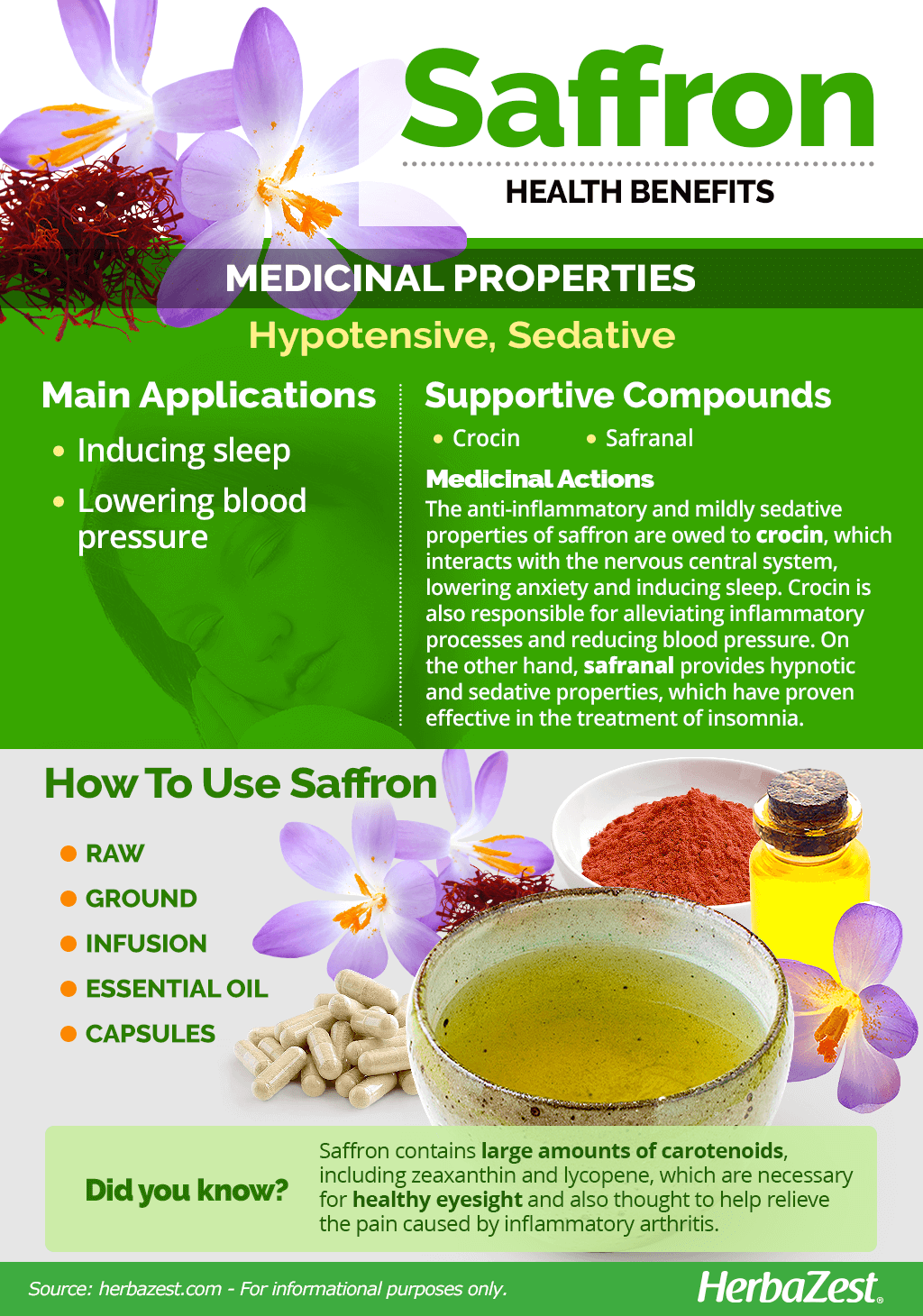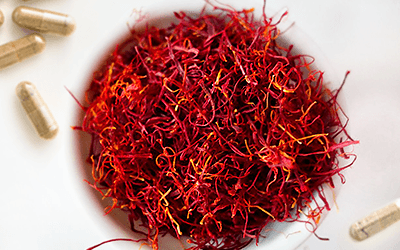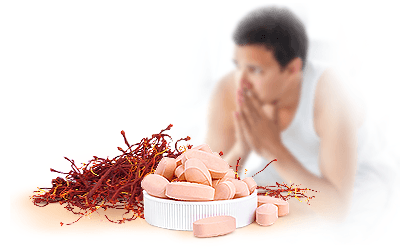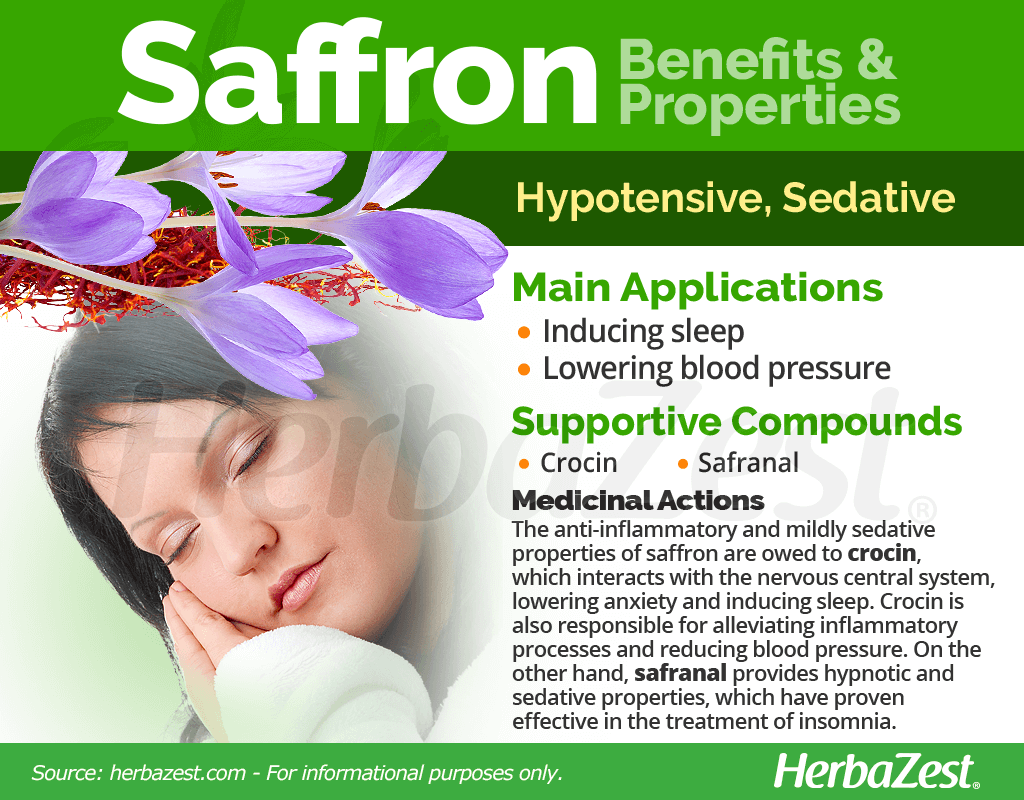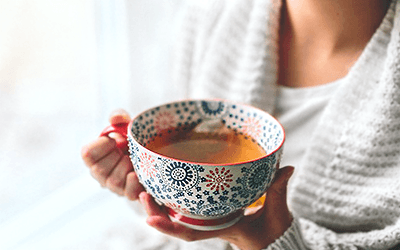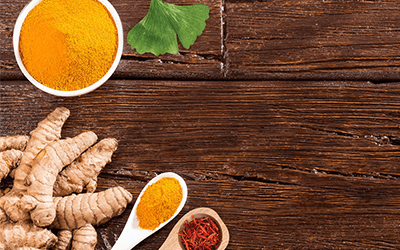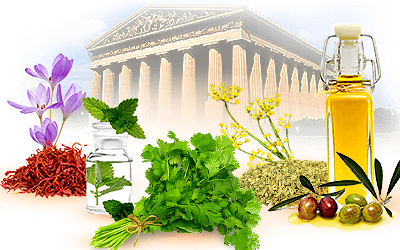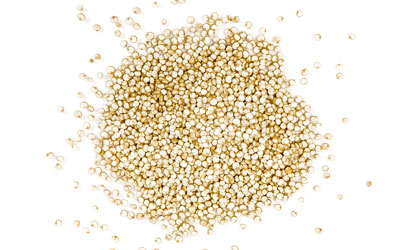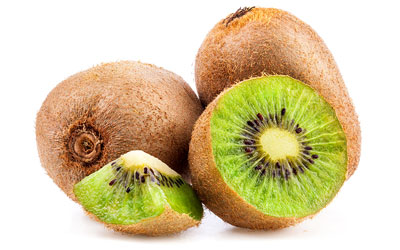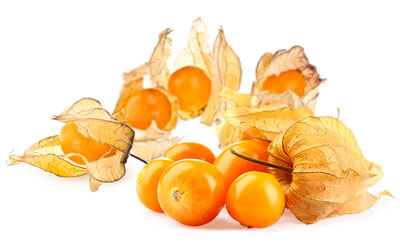Saffron originally came from Europe and Asia, and it has been domesticated and cultivated by humans since ancient times. Nowadays, many people and high-end restaurants around the world keep it in their kitchens in order to take advantage of its color and taste, oftentimes not being aware of its immense medicinal value.
Saffron Medicinal Properties
- Medicinal action Hypotensive, Sedative
- Key constituents Crocin, safranal
- Ways to use Capsules, Hot infusions/tisanes, Food, Freshly ground, Powder, Essential oil, Dried
- Medicinal rating (3) Reasonably useful plant
- Safety ranking Safe
Health Benefits of Saffron
Considered one of the most expensive herbs in the modern world, saffron is not only aromatic, but it also has numerous medicinal purposes, such as:
Inducing sleep. Saffron has sedative effects that not only induce sleep, but can also improve its overall quality.
Lowering blood pressure. Studies show that saffron can lower blood pressure in those suffering from hypertension.
In addition, many recent studies have shown saffron can be beneficial for:
Relieving asthma. Taking saffron medicinally can relieve coughs and asthma symptoms.
Increasing sex drive. Saffron's aromatic properties can increase libido in some individuals.
Improving memory. Studies have shown that incorporating saffron into your diet may help improve memory and other mental functions.
How It Works
Saffron contains more than 150 volatile compounds, mainly terpenes, terpene alcohol, and their esters. However, the main active compounds in saffron are crocin and safranal, responsible for the color and most of the medicinal effects of the herb.
Saffron mainly has anti-inflammatory and mild sedative properties, thanks to the action of crocin on GABA (gamma-aminobutyric acid) production. GABA is the main neurotransmitter in charge of lowering excitable activity in the central nervous system, which, in turn, induces sleep and lowers anxiety symptoms.1,2 At the same time, crocin lessens the effect of inflammatory processes, mainly muscle pain.3 It also helps reduce blood pressure.4
On the other hand, safranal is a monoterpenoid with hypnotic and sedative properties, which have proven effective in the treatment of sleep disorders by enhancing non‐rapid eye movement (NREM).5,6
In addition, saffron contains large amounts of carotenoids, including zeaxanthin and lycopene, which are necessary for healthy eyesight and may help relieve arthritis pains.
Saffron reduces the negative effects of insomnia due to the presence of safranal, which acts as a sedative.
Lemon balm, valerian and kiwi provide similar sedative properties and are often used alone or combined with other herbs for treating sleep disorders and anxiety, whereas hypotensive properties can be found in lucuma, persimmon, and potato.
Saffron Side Effects
Saffron is likely safe for most individuals when taken medicinally. Potential side effects include dry mouth, anxiety, dizziness, drowsiness, nausea, upset stomach, change in appetite, and headaches. Excessive saffron consumption can trigger severe reactions, including yellowing of the skin, eyes, and mucous membranes, as well as vomiting and diarrhea.
Cautions
Individuals with heart conditions or low blood pressure should exercise caution when taking saffron since it can lower blood pressure.
Because saffron can affect mood, individuals with bipolar disorder should consult a physician before taking saffron medicinally as it can interact with certain medications.
Those who are allergic to lolium, olea (includes olive), and salsola plant species should exercise caution when taking saffron because it can trigger allergic reactions.
Women who are pregnant or breastfeeding should consult a physician before taking saffron medicinally since excessive amounts can cause vaginal bleeding.
How to Consume Saffron
- Edible parts Flowers
- Edible uses Flavoring, Coloring
- Taste Earthy
The most effective way of obtaining saffron health benefits is in medicinal forms of consumption where the properties are more concentrated. However, since it is a very popular spice, some of saffron medicinal properties can be reaped by adding it to food.
Natural Forms
Raw. Both fresh stems and flowers of saffron can relieve insomnia and improve libido as well as soothe asthma and coughs.
Ground. Fresh or dried, ground saffron can help regulate blood pressure, and it is thought to increase sex drive.
Infusions. When steeped in hot water, saffron's sedative properties can help treat sleep disorders. This preparation also lowers blood pressure.
Herbal Remedies & Supplements
Essential oil. A product of saffron flowers' steam distillation, it is commonly used as a mild sedative and anti-depressive as well as topically to treat acne.
Capsules. The herb's most concentrated medicinal form, saffron capsules can be used to induce sleep. Taken as a supplement, saffron is thought to also help improve memory.
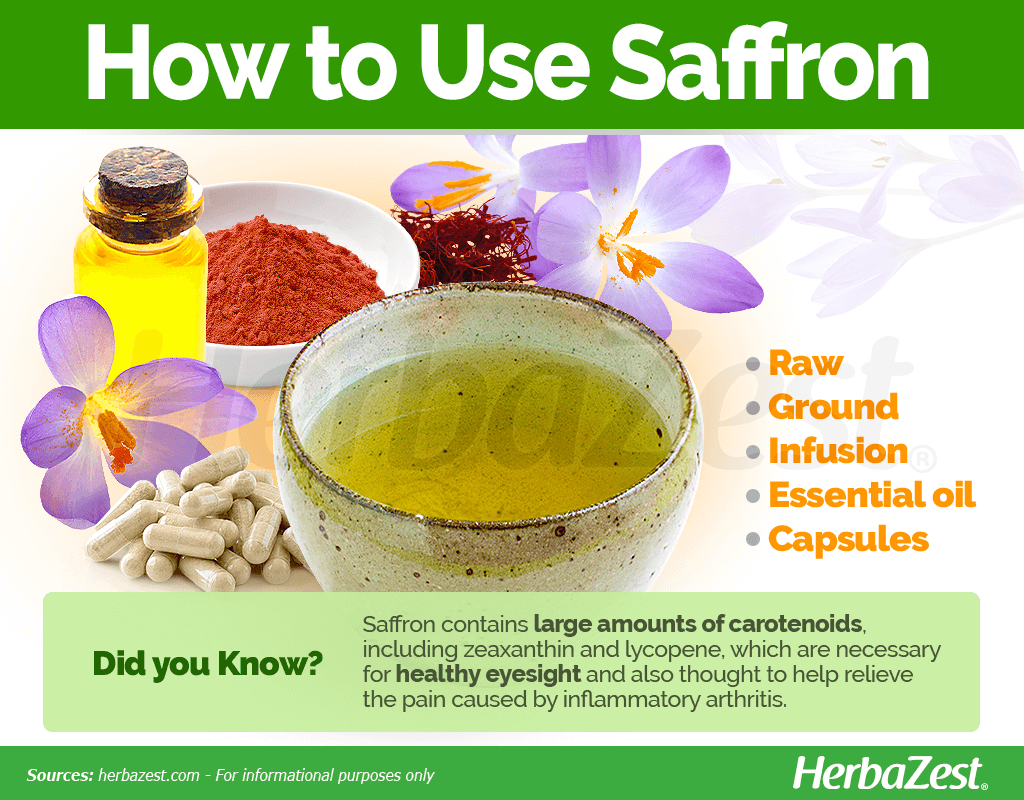
Growing
- Life cycle Annual
- Harvested parts Flowers
- Light requirements Full sun
- Soil Loamy sand
- Soil pH 6.1 – 6.5 (Slightly acidic), 6.6 – 7.3 (Neutral), 7.4 – 7.8 (Slightly alkaline)
- Growing habitat Temperate climates
- USDA Plant Hardiness Zones 6a, 6b, 7a, 7b, 8a, 8b
- Propagation techniques Cuttings
- Potential diseases Root rot
For those who wish to cultivate this beautiful plant, saffron is quite easy to grow. Because of its high market price and relative ease of growth, growing saffron can be an attractive option for gardeners. Learn more about how to grow saffron in the growing guidelines below:
Growing Guidelines
The saffron plant does best in temperate regions, with full sun exposure.
Saffron should be planted in well-drained soil, with a pH of 6.0 - 8.0. If saffron crocus is planted in swampy or poor draining soil, it will rot.
The saffron plant grows best in hot and dry conditions, though it can survive winters as cold as -10°C (14°F).
Saffron seeds should be planted four inches (10 cm) deep, separated four to six inches (10 - 15 cm) away from each other.
The saffron plants is high susceptible to fungus contamination, so it is important to check for it regularly.
Additional Information
- Other uses Dye
Plant Biology
Saffron, primarily known as one of the most expensive spices in the world, has numerous characteristics that make it incredibly distinctive. Growing up to 8 to 12 inches (20-30 cm), and sprouts 5 to 11 white, non-photosynthetic leaves known as cataphylls. Its flowers are sweet, fragrant smelling are typically purple, ranging from light lilac to darker mauve in shade. Saffron flowers typically bloom in the autumn months.
Classification
Scientifically known as Crocus sativus, saffron is a member of the Iridaceae family, which contains perennial plants that have either a bulb, rhizome, or corm, including approximately 1,500 species, some of them well-known ornamental herbs, such as Irises, Crocus, an Freesia.
Varieties of Saffron
Saffron species are often regionally distributed and characteristically distinct, but most fall within the Spanish, Iranian, or Italian varieties. Among culinary connoisseurs, the saffron varieties produced in Spain are prized for their mellower flavor. The Italian varieties are regarded as possessing a more potent aroma, whereas the Iranian saffron is considered the most intense. The 'Aquila' variety is regarded as the premium saffron, and it is characterized by high safranal and crocin content.
Historical Information
Researchers believe its use as a food crop can be traced back to temperate regions of Greece approximately 3,500 years ago. During prehistoric times, it was used in pigments for depictions on ancient constructions. There is documented evidence of saffron being used to treat over 90 illnesses over the course of 4,000 years. In the 10th century BCE, saffron was woven into fabrics, and in 500 BCE, it began being used throughout South Asia in different foods. During the times of the Roman Empire, saffron started gaining popularity in Europe, and it subsequently spread throughout the rest of the world.
Economic Data
Saffron is the most expensive spice in the world. Most of the world's saffron is grown east of the Mediterranean, though small amounts are grown in every continent in the world, aside from Antarctica. Annually, about 660,000 pounds (300,000 kg) of saffron are gleaned. Iran is the top producer of saffron, accounting for over 90% of it, followed by Greece, Kashmir, and Morocco. Saffron's stamens are the most commercialized part of this plant. However, all parts of the plant are sold commercially.
Because of how expensive it is, many crooks have sold fake saffron to turn huge profits. In the 15th century, saffron counterfeiters in Germany were sentenced to death since saffron was, and still is, more valuable than gold.
Sources
- Behavioural Brain Research, Crocus sativus L. extracts antagonize memory impairments in different behavioural tasks in the rat, 2006
- Herbs: An Indexed Bibliography
- HortScience, Healing, Health, and Horticulture: Introduction to the Workshop, 2010
- International Journal of Obstetrics and Gynaecology, Crocus sativus L. (Saffron) in the Treatment of Premenstrual Syndrome: A Double-Blind, Randomised, and Placebo-Controlled Trial, 2008
- Iranian Journal of Basic Medical Sciences, Safety Evaluation of Crocin (a constituent of saffron) Tablets in Healthy Volunteers, 2013
- Journal of Experimental Pharmacology, Effectiveness of nootropic drugs with cholinergic activity in treatment of cognitive deficit: a review
- Neural Regeneration Research, Beneficial effects of saffron (Crocus sativus L.) in ocular pathologies, particularly neurodegenerative retinal diseases, 2020
- Pharmacognosy Review, Crocus sativus L.: A comprehensive review
- The Contemporary Encyclopedia of Herbs and Spices
- The Healing Garden
- Phytomedicine, The effect of saffron, Crocus sativus stigma, extract and its constituents, safranal and crocin on sexual behaviors in normal male rats, 2008
- Nutrition Journal, Satiereal, a Crocus sativus L. Extract, Reduces Snacking and Increases Satiety in a Randomised Placebo-Controlled Study of Mildly Overweight, Healthy Women, 2010
- Mansfeld's Encyclopedia of Agricultural and Horticultural Crops
Footnotes:
- Nutrition Reviews. (2019). Effect of saffron supplementation on symptoms of depression and anxiety: a systematic review and meta-analysis. Retrieved August 29, 2022 from: https://pubmed.ncbi.nlm.nih.gov/31135916/
- Avicenna Journal of Phytomedicine. (2021). Comparing the effects of saffron, lippia, and saffron-lippia combination on anxiety among candidates for coronary angiography. Retrieved August 29, 2022 from: https://www.ncbi.nlm.nih.gov/pmc/articles/PMC8554287/
- Avicenna Journal of Phytomedicine. (2018). Saffron (Crocus sativus) versus duloxetine for treatment of patients with fibromyalgia: A randomized double-blind clinical trial. Retrieved August 29, 2022 from: https://www.ncbi.nlm.nih.gov/pmc/articles/PMC6235666/
- Avicenna Journal of Phytomedicine. (2019). The effect of saffron (Crocus sativus L.) supplementation on blood pressure, and renal and liver function in patients with type 2 diabetes mellitus: A double-blinded, randomized clinical trial. Retrieved August 29, 2022 from: https://www.ncbi.nlm.nih.gov/pmc/articles/PMC6612249/
- Phytoptherapy Research. (2009). Anxiolytic and hypnotic effect of Crocus sativus aqueous extract and its constituents, crocin and safranal, in mice. Retrieved August 29, 2022 from: https://pubmed.ncbi.nlm.nih.gov/19142981/
- Nutrients. (2021). Effects of Saffron Extract on Sleep Quality: A Randomized Double-Blind Controlled Clinical Trial. Retrieved August 29, 2022 from: https://pubmed.ncbi.nlm.nih.gov/33925432/
